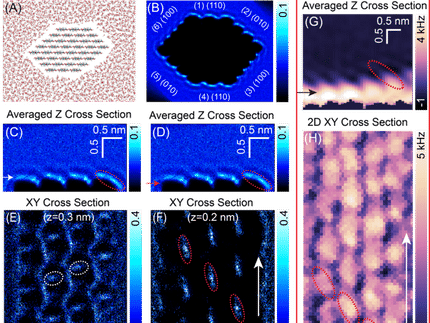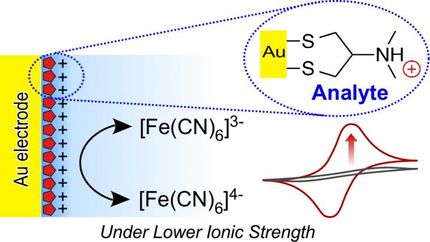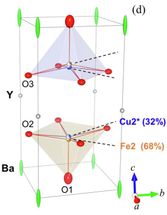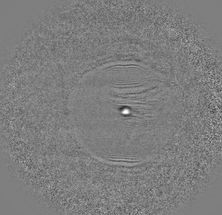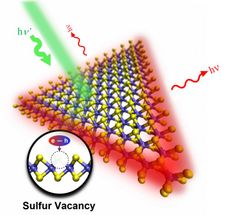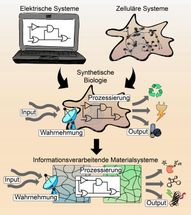New ORNL sensor exploits traditional weakness of nano devices
By taking advantage of a phenomenon that until now has been a virtual showstopper for electronics designers, a team led by Oak Ridge National Laboratory's Panos Datskos is developing a chemical and biological sensor with unprecedented sensitivity.
Ultimately, researchers believe this new "sniffer" will achieve a detection level that approaches the theoretical limit, surpassing other state-of-the-art chemical sensors. The implications could be significant for anyone whose job is to detect explosives, biological agents and narcotics.
"While the research community has been avoiding the nonlinearity associated with the nanoscale mechanical oscillators, we are embracing it," said co-developer Nickolay Lavrik, a member of the Department of Energy lab's Center for Nanophase Materials Sciences Division. "In the end, we hope to have a device capable of detecting incredibly small amounts of explosives compared to today's chemical sensors."
The device consists of a digital camera, a laser, imaging optics, a signal generator, digital signal processing and other components that collectively, much like a dog's nose, can detect tiny amounts of substances in the air.
The underlying concept is based on micro-scale resonators that are similar to microcantilevers used in atomic force microscopy, which has recently been explored as mass and force sensing devices. Although the basic principle is simple – measuring changes in the resonance frequency due to mass changes – a number of obstacles have impeded widespread applications of such systems.
"These challenges are due to requirements of measuring and analyzing tiny oscillation amplitudes that are about the size of a hydrogen atom," Lavrik said. Such traditional approaches require sophisticated low-noise electronic components such as lock-in amplifiers and phase-locked loops, which add cost and complexity.
Instead, this new type of sniffer works by deliberately hitting the microcantilevers with relatively large amounts of energy associated with a range of frequencies, forcing them into wide oscillation, or movement. Lavrik likened the response to a diving board's movement after a swimmer dives.
"In the past, people wanted to avoid this high amplitude because of the high distortion associated with that type of response," said Datskos, a member of the Measurement Science and Systems Engineering Division. "But now we can exploit that response by tuning the system to a very specific frequency that is associated with the specific chemical or compound we want to detect."
When the target chemical reacts with the microcantilever, it shifts the frequency depending on the weight of the compound, thereby providing the detection.
"With this new approach, when the microcantilever stops oscillating we know with high certainty that the target chemical or compound is present," Lavrik said.
The researchers envision this technology being incorporated in a handheld instrument that could be used by transportation security screeners, law enforcement officials and the military. Other potential applications are in biomedicine, environmental science, homeland security and analytical chemistry.
With adequate levels of funding, Datskos envisions a prototype being developed within six to 18 months.
Most read news
Topics
Organizations
Other news from the department science

Get the analytics and lab tech industry in your inbox
By submitting this form you agree that LUMITOS AG will send you the newsletter(s) selected above by email. Your data will not be passed on to third parties. Your data will be stored and processed in accordance with our data protection regulations. LUMITOS may contact you by email for the purpose of advertising or market and opinion surveys. You can revoke your consent at any time without giving reasons to LUMITOS AG, Ernst-Augustin-Str. 2, 12489 Berlin, Germany or by e-mail at revoke@lumitos.com with effect for the future. In addition, each email contains a link to unsubscribe from the corresponding newsletter.
